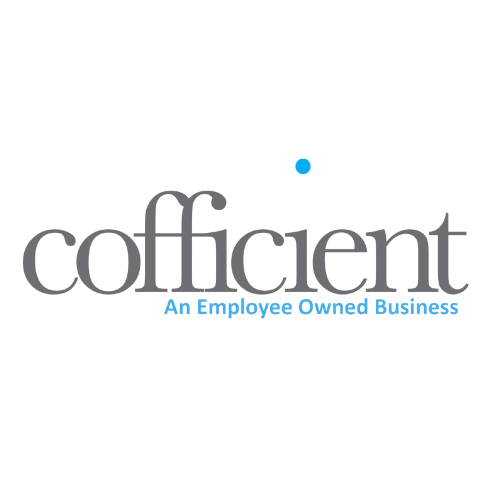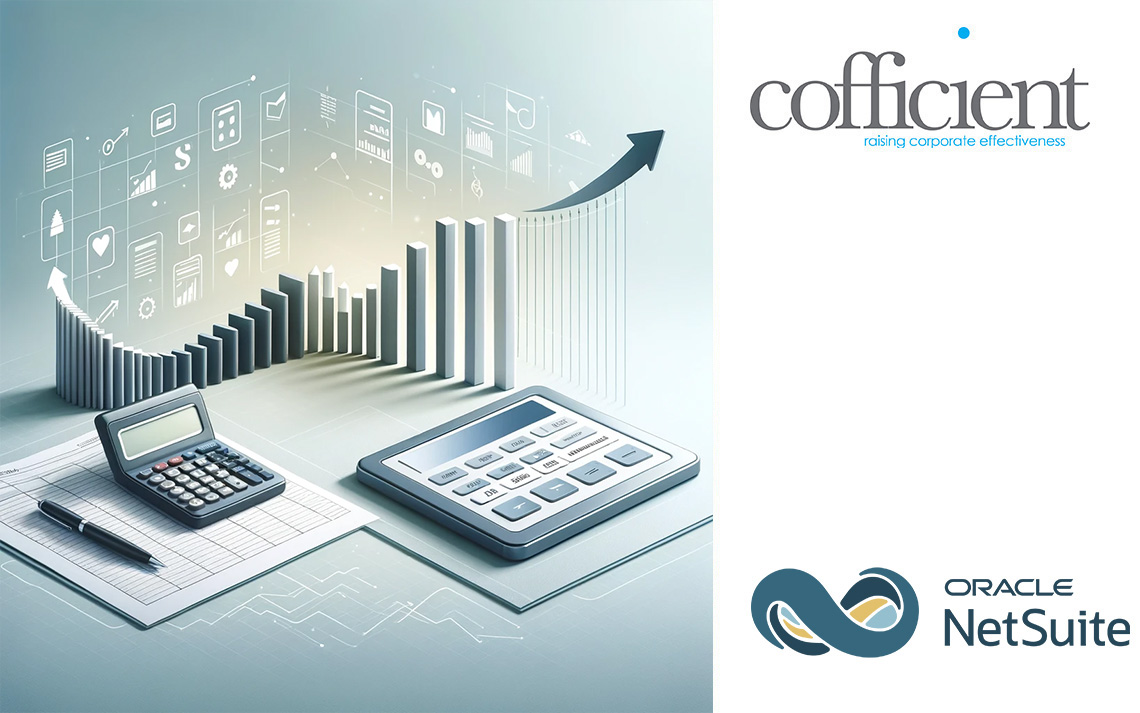
End of year? 5 reasons you should re-evaluate your existing ERP system
With a new financial year comes a new opportunity to do business in a better way, with new processes and practises supported by a new ERP system.
Alternatively, your business might be entering a new financial year with an old system, resulting in difficulties in your back-end procedures and customer-facing services.
A new financial year, then, not only means new business opportunities – but new opportunities to re-evaluate your current ERP solution.
To help with that evaluation, we’ve identified five reasons you should re-evaluate your current ERP system:
1) Your system is no longer supported
If your system is no longer supported by its developer, it’s obsolete. Vendors always look to maintain their competitive advantage, aiming to produce forward-thinking solutions that utilise cutting-edge technology and ERP theory.
As technology and theory rapidly develop, legacy products – solutions which can’t easily be brought in-line with their modern counterparts – are sometimes left behind.
System retirement can create a range of problems for businesses, such as vulnerability to evolving security threats or compatibility issues with new operating systems. As these factors continue to evolve – and your current system doesn’t – the vendor won’t be providing ongoing support to ensure continued compatibility.
2) You have outgrown your existing system
ERP systems are often designed to thrive in a specific size of business, with scales ranging from single-user, to tens, hundreds or thousands of employees.
An example: in year one, a company employs three people and operates a system designed to support approximately ten users. By year five, that same company is 50 people strong, operating well beyond the scope of its ten-user solution.
But operating beyond the capacity of your ERP system can lead to a slew of technical issues, such as data corruption, slow down and concurrent-user caps. Your system can’t necessarily manage an excess of simultaneous users and, as a result, is forced to ration that limited access between employees.
If it doesn’t ration that access, the system strains itself in an attempt accommodate those additional users. The result: system slow down. The lesson: user limits on paper can cause real-world problems – and might be a reason to consider looking into alternatives if your business has grown since implementing your current ERP system.
3) Your business is changing – but your ERP system cannot
Your business can change in a number of ways. From new products and services to new industries and markets, your ERP system may not align with the evolution of your business.
Even if your system is able to guide that growth, some systems can achieve that more effectively than others. A different system may prove to be better-suited to the task, bringing with it newer, best-practice processes and technology. Maybe your existing system may not support your new direction, especially if it’s not modular. If it is, there may not be a module for the functionality you need.
It’s important to investigate which modules or add-on solutions can accommodate this new direction – and to assess the differences between modifying your existing solution and adopting a new one.
4) Your existing system gets the job done – but a newer system gets the job done better
You have had your existing system for five, ten or fifteen years – it gets the job done. It’s familiar, and continues to receive regular vendor support.
What’s more, your business may not be experiencing rapid growth and your ERP system may provide a relatively problem-free experience.
With that said, a new system can present a range of additional benefits missing from your current solution, such as quicker reporting, better integration of data and easier, more intuitive ways of working within that system.
In effect, a new system might include capabilities that you weren’t previously aware of. Evaluating other systems could open your eyes to faster, more efficient ways of working.
5) Your ERP customer experience is a problem
A difficult user experience can be indicative of the aforementioned points. If you’re frequently making tech support calls or staff constantly express concerns about your current system, a re-evaluation of your solution could pay dividends.
Again, these issues can be caused by unsupported software, an unscalable system, or the fact you have to augment your existing package with more software to fill gaps in functionality. The added complexity of a system like this can prove difficult and time-consuming for users, as they learn numerous software packages, each with different functions and interfaces – each with their own set of technical issues.
In short…
ERP system replacement can be reactive, such as changing your system to existing technical and operational problems. It can also be proactive, such as moving to a system able to support the future direction of your business.
Even without an immediate need for either, regular reviews of your existing ERP system can highlight your system’s shortcomings. Moreover, regular evaluations of vendors and resellers can present opportunities to implement a better-suited system that unlocks your ERP potential entirely to the benefit of your business – and its bottom line.



